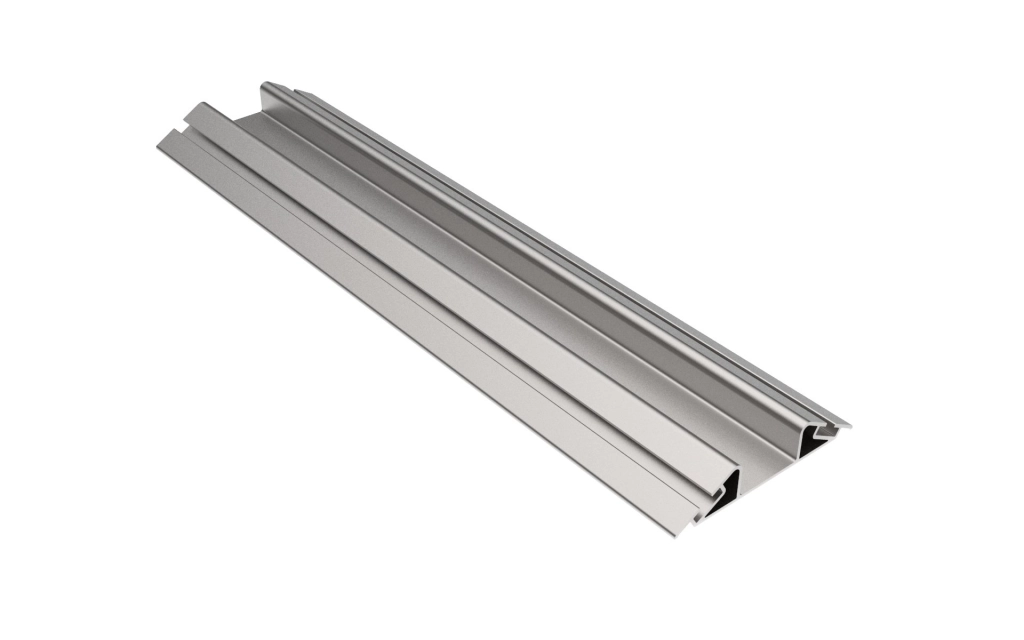We summarized the advantages of the rail system.
- Durability and high load capacity - rails are typically made from durable materials such as steel, aluminum, or composites, ensuring high load capacity and long service life.
- Efficient transportation - enables easy and smooth movement of heavy loads over long distances with minimal resistance.
- Easy automation - rail systems can be easily integrated with automated processes, such as in production lines, robotic systems, or warehouses. They contribute to higher efficiency and work accuracy.
- Precision and stability - rails provide a high level of precision in the movement of machines, equipment, or vehicles.
- Versatile applications - used in a wide range of applications, such as in industry, construction, food processing, and transportation.
The main components of the rail system are monorail profiles, which are used for the precise guidance of wheeled trolleys based on FIFO and LIFO principles.

FIFO, which stands for First In, First Out, is a fundamental principle of inventory or process management. This approach ensures that items that were first received or created are also the first to be processed, used, or dispatched. FIFO is often used for inventory management, particularly for perishable goods such as food or medicine. When storing food, new products are placed in storage, while older products are dispatched first. This simple and transparent process minimizes the risk of spoilage or expiration of stock.
The LIFO principle, which stands for Last In, First Out, is an approach to organizing inventory or data that prioritizes the processing or use of the most recently added items. Unlike FIFO, the LIFO system processes items added last to the system first.
The right choice between LIFO and FIFO depends on the nature of the stored goods, business processes, and company goals. Each of these approaches has its advantages and disadvantages, which can affect efficiency and financial outcomes.
The design and implementation of a rail system can significantly enhance productivity, facilitate material handling, and ensure smooth operations. Taking into account specific needs and requirements, the rail system can be optimized to suit the unique conditions of a given project. Its robustness and versatility make it an indispensable part of modern industry and infrastructure.



